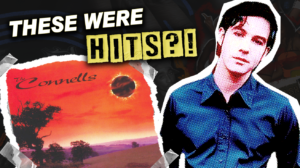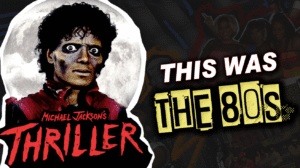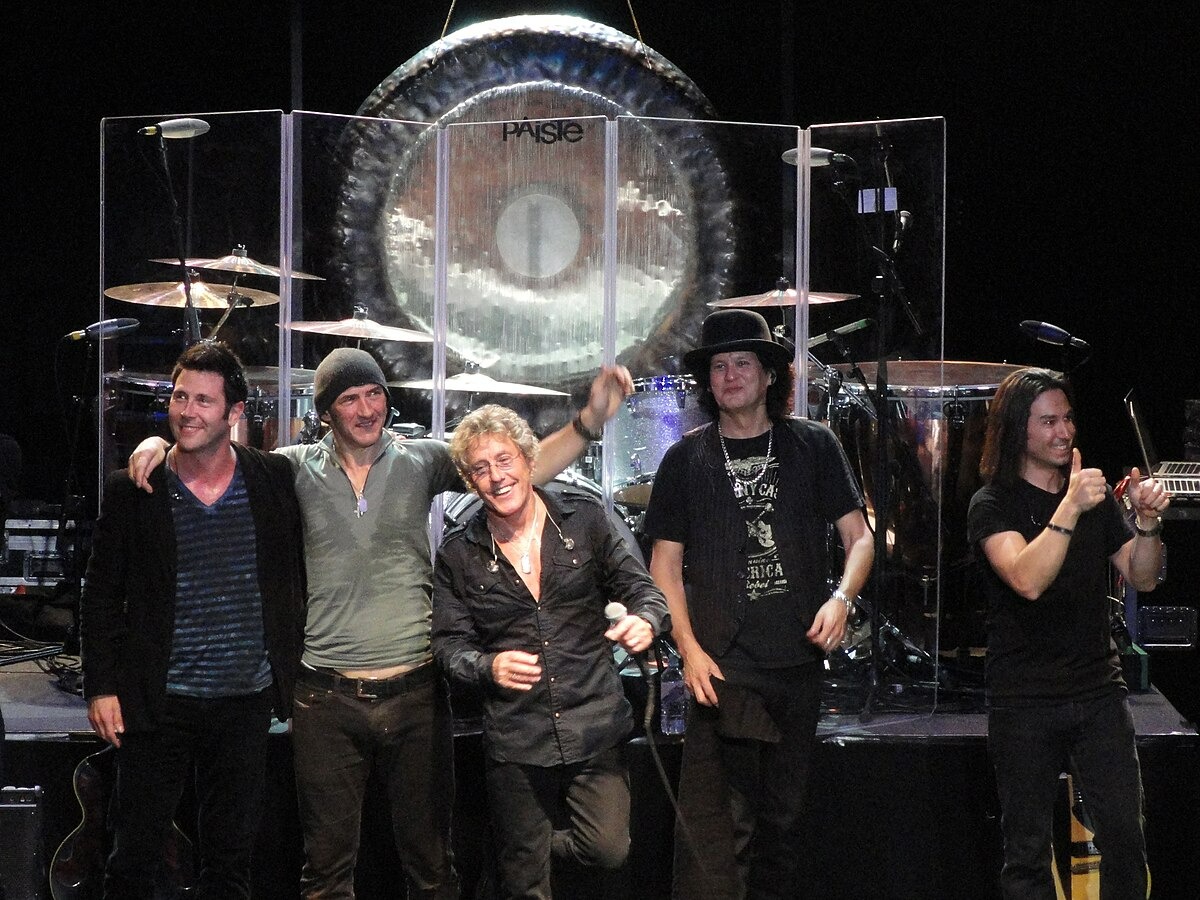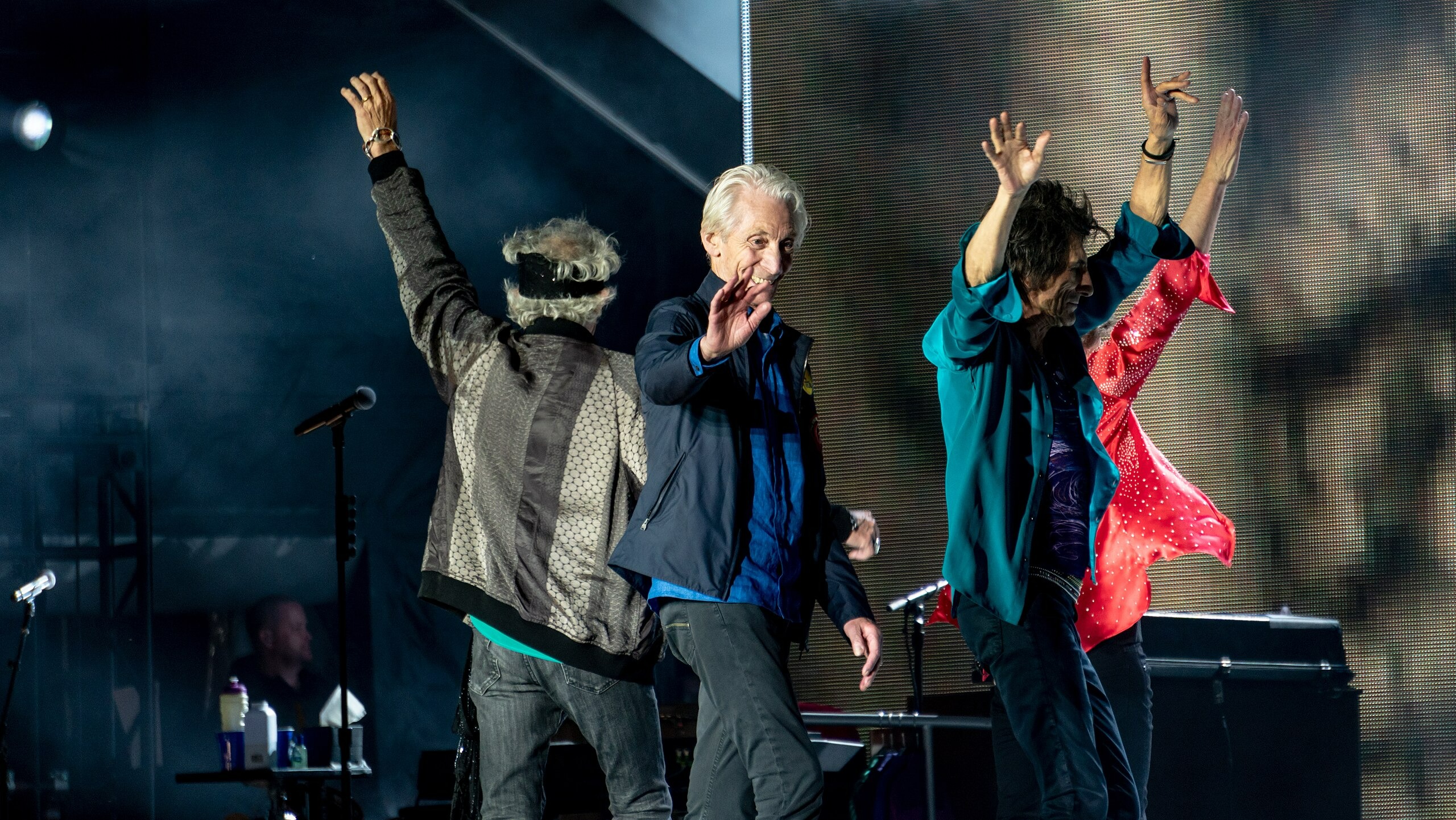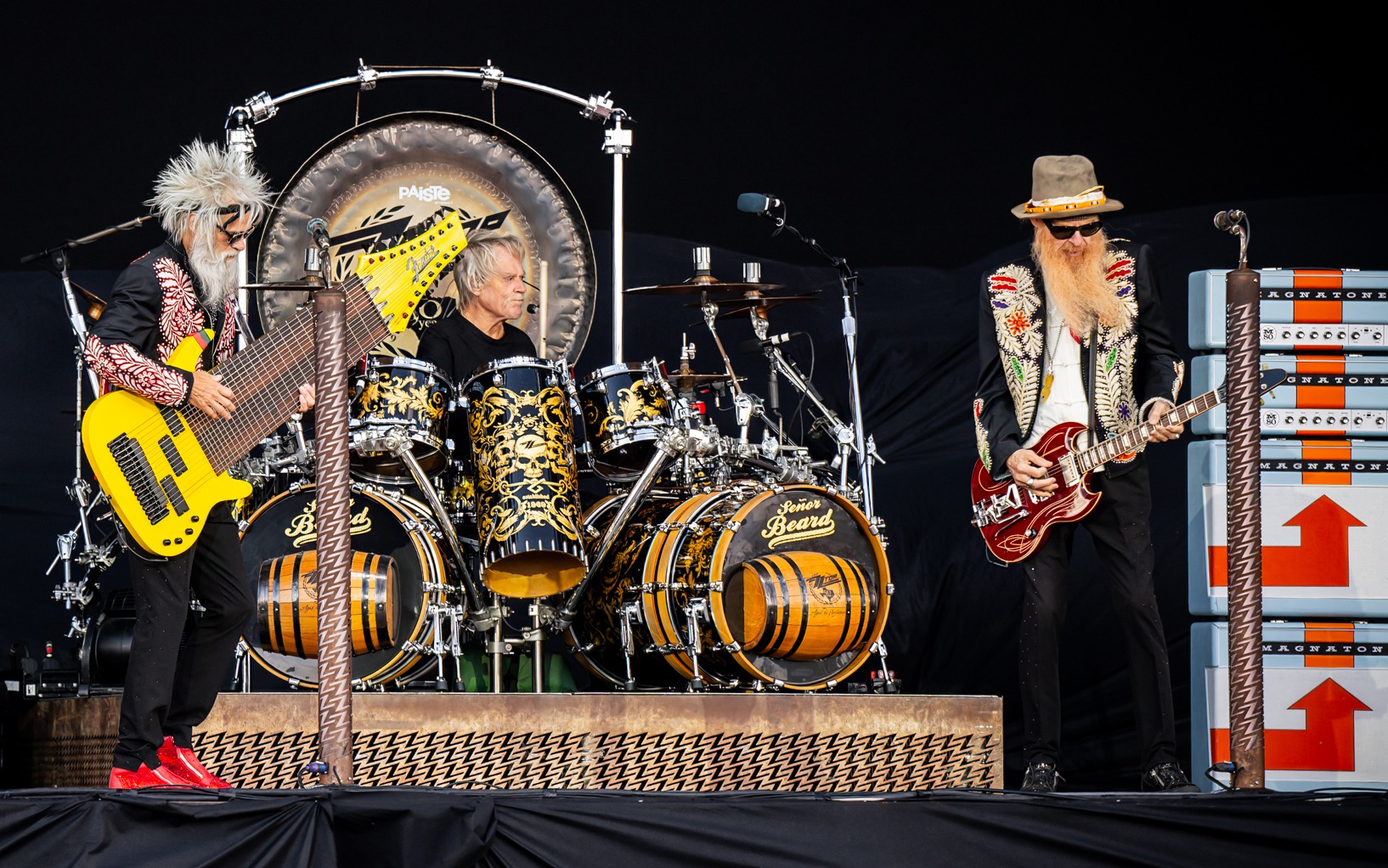
Cassette tapes wore out from constant rewinding, while MTV premieres became appointment television that shaped entire weekends around three-minute revelations. The 1990s birthed a cultural revolution where grunge’s raw emotion collided with hip-hop’s social commentary, as alternative rock’s quirky sensibilities shared airtime with R&B’s smooth grooves during a decade that fundamentally transformed how generations connected with sound.
These weren’t just songs—they became battle cries for young adults navigating the complex terrain between analog childhood and digital adulthood, each track capturing the Gen X spirit of skeptical hope, ironic earnestness, and fierce independence wrapped in an endless longing for genuine connection.
14. Stay (I Missed You) – Lisa Loeb (1994)
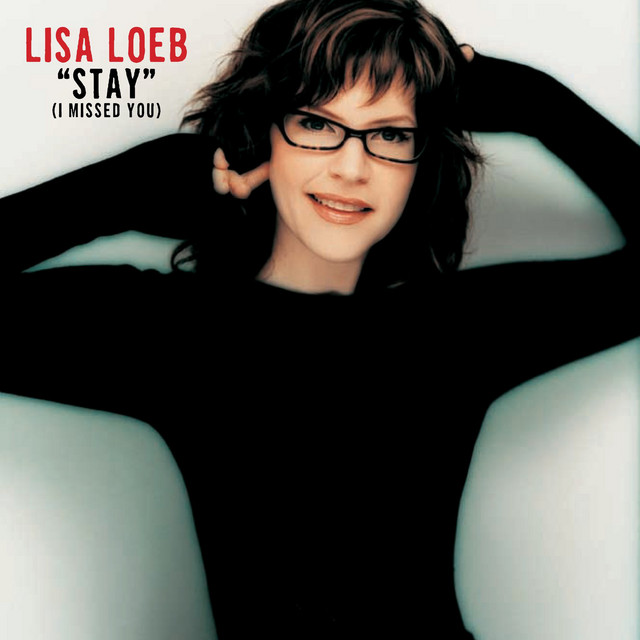
Lisa Loeb made history by accident. No record deal, no industry connections—just a song in a movie soundtrack that connected so deeply it rewrote the rules about how music careers could begin. Her iconic glasses became as culturally significant as the acoustic arrangements that carried conversational lyrics about relationship uncertainty, creating intimacy that felt like eavesdropping on someone’s most vulnerable thoughts.
She captured the circular reasoning that defines failing relationships through lines that revealed profound truths about human connection. Those deep, late-night conversations that defined nineties friendships—honest, rambling, ultimately revelatory—found their perfect soundtrack in someone brave enough to make personal anxiety feel universally relatable.
13. You Get What You Give – New Radicals (1998)

Gregg Alexander pulled off the greatest heist in pop music history: he created a perfect three-minute philosophy lesson, watched it climb the charts, then vanished. Shopping mall imagery crashed into celebrity culture critique while piano-driven euphoria carried lyrics that somehow embraced and rejected late-90s consumerism simultaneously. Those Beck, Hanson, and Courtney Love name-checks weren’t random—they were surgical strikes against an era obsessed with fame.
Alexander’s genius lay in packaging genuine rebellion as infectious pop, disappearing before the industry could corrupt his vision. When New Radicals reunited twenty-three years later for President Biden’s inauguration, the performance felt like validation: some songs transcend their moment to become manifestos.
12. Missing (Todd Terry Remix) – Everything But The Girl (1994/1995)

Todd Terry performed surgery on a heartbreak ballad and stitched it together as dance floor salvation. Tracey Thorn‘s haunting vocals about urban loneliness suddenly floated over house beats like ghosts learning to rave, creating the impossible: a song where you could finally dance through heartbreak without losing its essential melancholy. This wasn’t just remixing—it was emotional alchemy.
Everything But The Girl’s career revival became secondary to something more important: proof that electronic dance culture could welcome indie sensibilities without diluting either. Those blue-lit nightclub scenes that defined nineties movies had found their perfect soundtrack, where vulnerability and bass drops coexisted beautifully.
11. Two Princes – Spin Doctors (1991)
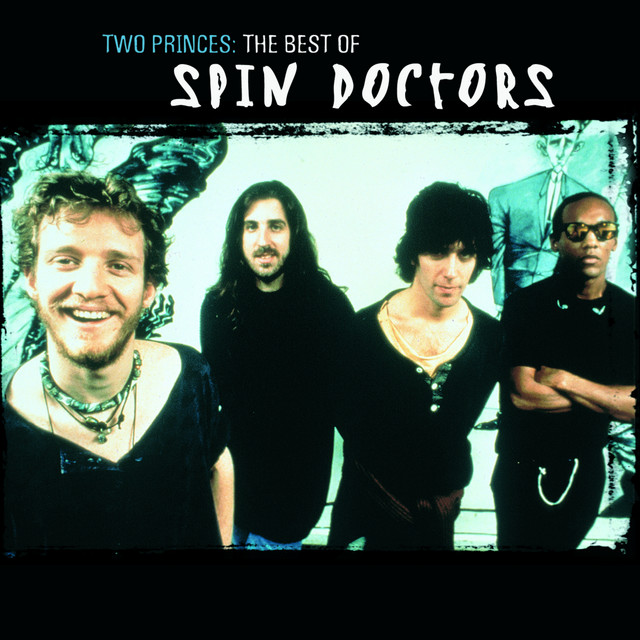
Chris Barron’s voice bounced like a rubber ball through funk-influenced arrangements that made romantic competition sound like the most joyful sport imaginable. Spin Doctors captured that magical early-nineties moment when college rock could cross into mainstream territory without losing its soul, before the industry learned to manufacture that balance artificially. Their playful narratives about competing suitors introduced refrains that became part of everyday conversation.
Critics dismissed them as too accessible for the alternative scene, missing the point entirely. Sometimes, simple pleasure creates more lasting impact than artistic pretension, generating songs that endure precisely because they never tried to be more important than they were.
10. Bound for the Floor – Local H (1996)
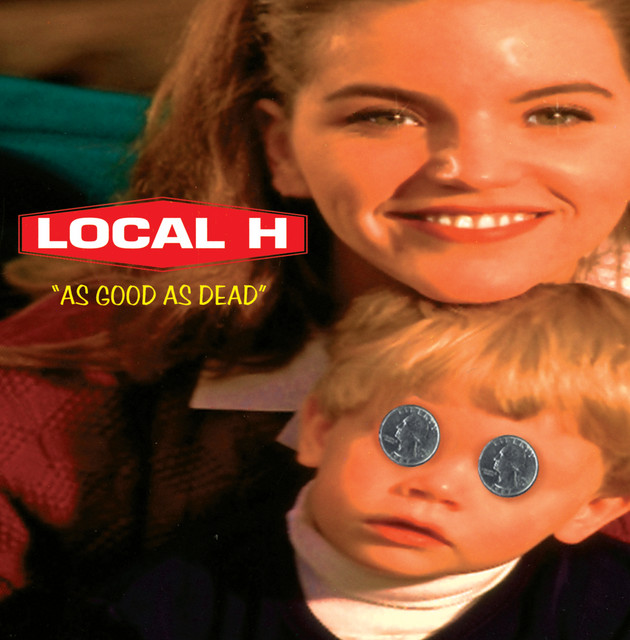
Scott Lucas mastered the art of emotional multitasking: bass, vocals, and existential surrender all delivered simultaneously through three minutes of minimalist perfection. Local H understood that depression doesn’t always rage—sometimes it just shrugs and says “copacetic.” Their repeated “born to be down” mantras became anthems for a generation that had learned to make peace with dissatisfaction rather than fight it.
Two people created arrangements that sounded fuller than most four-piece bands, proving that innovative techniques and musical chemistry could achieve remarkable impact. Sarcasm protected the most vulnerable hearts, creating character studies where cynicism became a survival mechanism rather than a mere attitude.
9. U.N.I.T.Y. – Queen Latifah (1993)
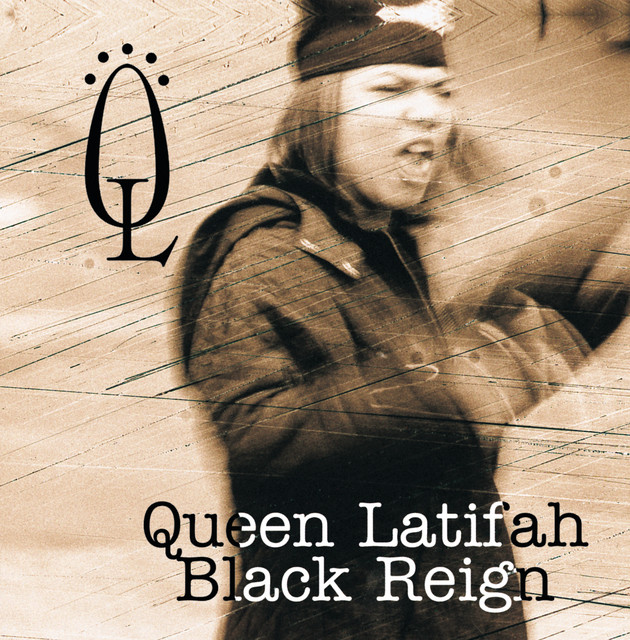
Queen Latifah walked into hip-hop’s gender politics debate carrying a Grammy and a demand for respect. Her jazz-influenced production supported vocals that didn’t ask for dignity—they commanded it, transforming personal boundary-setting into a community manifesto. This wasn’t just rap; it was social architecture built from rhythm and righteous anger.
Early hip-hop feminism found its most articulate voice through Latifah‘s four-minute statement of uncompromising truth. Her multifaceted career would span music, film, and television, establishing her as a cultural icon, yet this track remains the cornerstone that proved authentic advocacy resonates far beyond entertainment value.
8. Do You Know What It Takes – Robyn (1997)
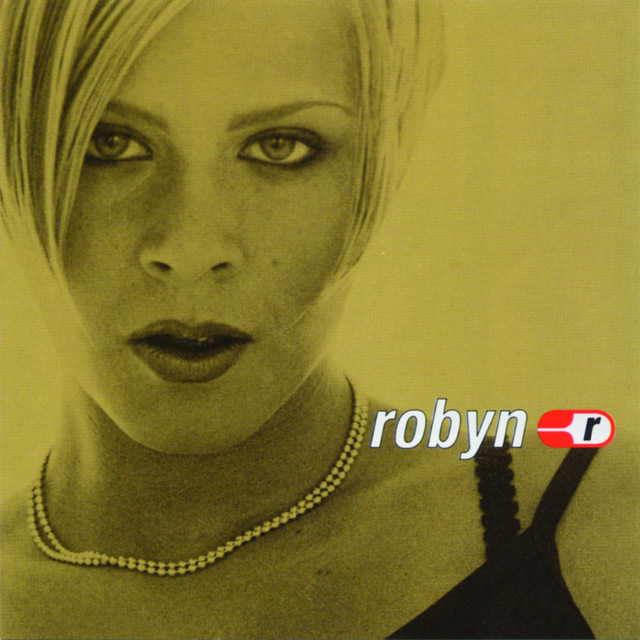
At eighteen, Robyn possessed the kind of vocal sophistication that most artists spend decades trying to develop. Her R&B-infused pop didn’t just showcase Swedish production excellence—it proved that cultural cross-pollination could create something genuinely new rather than merely imitative. Nordic pop had evolved far beyond ABBA, and Robyn was the artist brave enough to prove it to America.
This early work planted seeds for one of music’s most fascinating transformations. Every confident vocal run and mature artistic choice suggested the boundary-pushing electronic pioneer she would eventually become, showing how authentic artistic growth happens gradually, then suddenly.
7. All My Life – K-Ci & JoJo (1998)
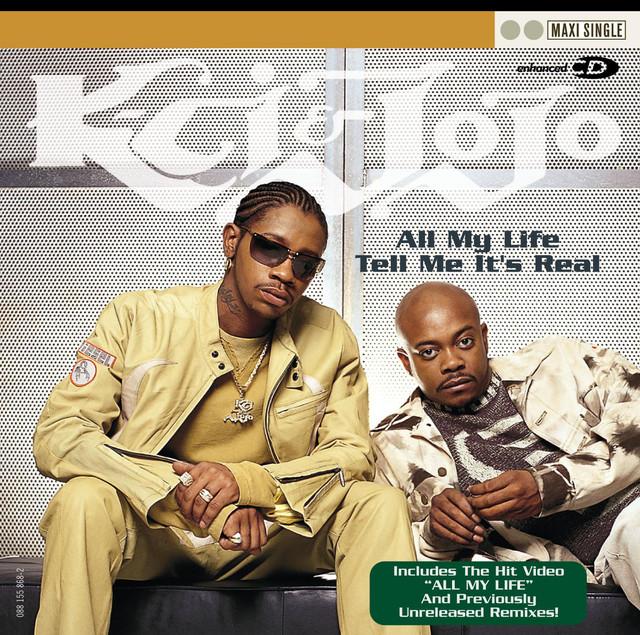
The Hailey brothers discovered magic in simplicity. While their decade embraced ironic detachment and clever wordplay, K-Ci & JoJo chose the radical path of saying exactly what they meant: “I will love you all my life.” Four words carried more emotional weight than the most elaborate poetry, delivered through harmonies that built slowly, deliberately, inevitably toward transcendence.
Millennial wedding receptions found their anthem in this straightforward declaration, proving that sometimes the most powerful statements come wrapped in uncomplicated sincerity. Former Jodeci members showed how R&B could cut through cynicism to touch something genuinely eternal.
6. Breakfast at Tiffany’s – Deep Blue Something (1995)
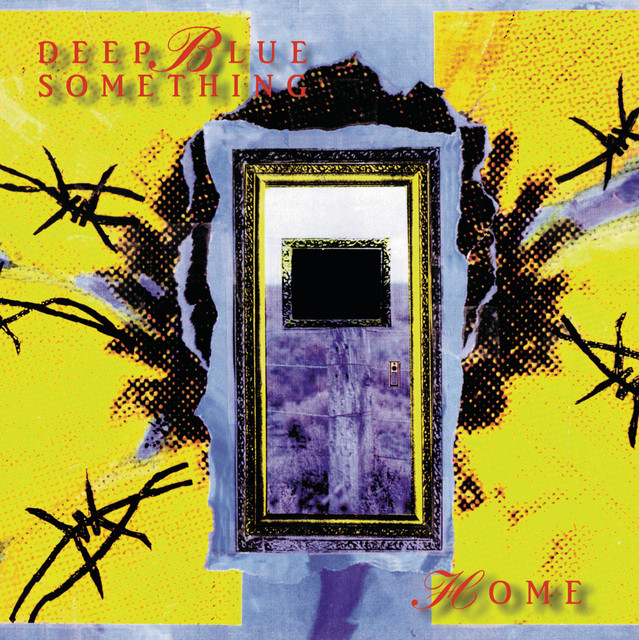
Deep Blue Something built their entire legacy on shared movie appreciation. Audrey Hepburn became a relationship counselor for couples who discovered mutual cinema love could conquer romantic incompatibility—a premise so absurd it circled back to a profound truth. Gen X had learned to find connection through cultural touchpoints rather than traditional compatibility, making pop culture references more important than shared values.
The song’s genius lay in its transparency about its formula, acknowledging that sometimes surface connections matter more than deeper understanding. This honest approach to relationship dynamics captured something essentially generational about finding love through entertainment rather than earnest courtship.
5. Possum Kingdom – Toadies (1994)
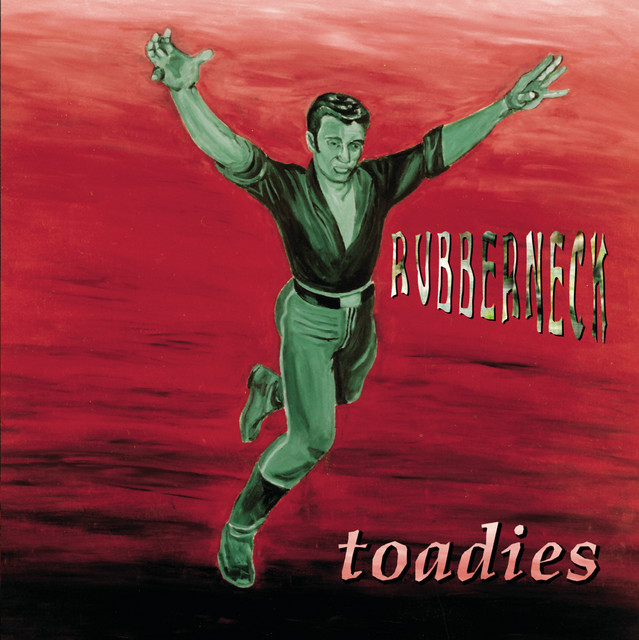
Vaden Todd Lewis built a musical trap: seductive melodies leading straight into psychological horror. Texas folklore twisted through Southern Gothic imagination, creating alternative rock that felt genuinely dangerous rather than merely aggressive. His vocals shifted between invitation and threat while hypnotic guitar work drew listeners into territory where comfort became complicity.
Those local lake legends inspired something more disturbing than any straightforward scary story could achieve. Lewis understood that the most effective horror often hides within familiar structures, using recognizable alternative rock as bait for something much darker lurking underneath, like psychological thrillers that made you question every shadow.
4. A Girl Like You – Edwyn Collins (1994)
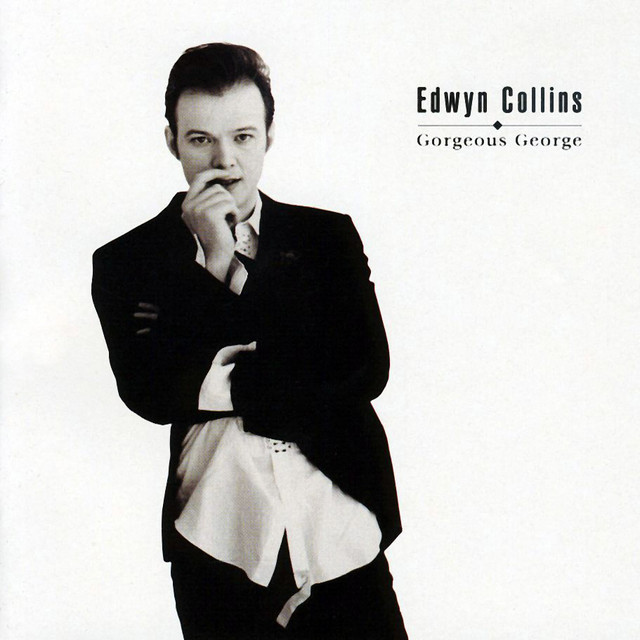
Picture a spy movie soundtrack falling in love with garage rock revival. Edwyn Collins, fresh from his Orange Juice days, built something that felt both completely retro and undeniably current, like finding the perfect vintage leather jacket that fits your life exactly. Those fuzzed-out guitar riffs and tremolo effects didn’t just create atmosphere; they made romance feel dangerous, urgent, essential.
Collins understood the alchemy of nostalgia: how familiar elements could combine to create something entirely fresh. Every vibraphone accent and secret agent soundtrack cue conspired to transform a simple love song into an intoxicating mission where falling for someone became the most thrilling risk you could take.
3. Laid – James (1993)
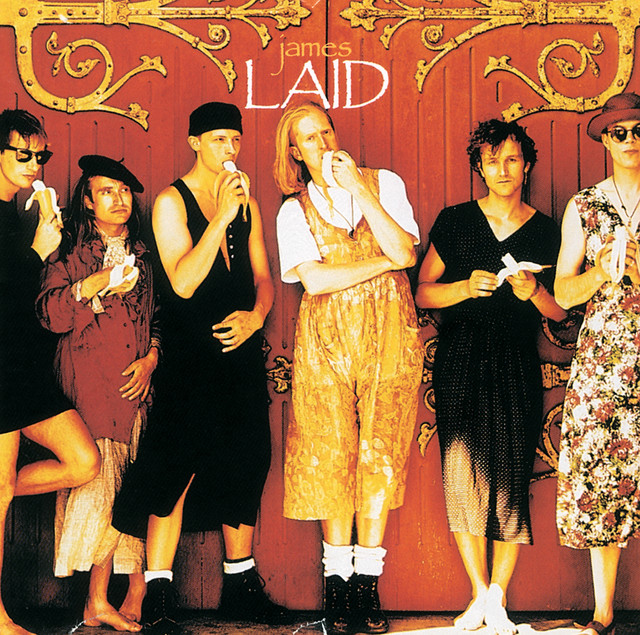
Tim Booth turned sexual chaos into pure joy, somehow making cross-dressing references and property damage sound like the most natural pop song topics imaginable. Manchester’s James understood something most bands missed: explicit content works when it feels playful rather than provocative, when the music celebrates human messiness instead of exploiting it. Those acoustic arrangements and breathless vocals captured relationships that were exhilarating and exhausting.
The American Pie franchise gave this track a second life, introducing it to teenagers who discovered that sometimes the most scandalous stories make the most joyful songs. James proved that authenticity beats shock value every time—even when you’re singing about the most shocking experiences.
2. Inside Out – Eve 6 (1998)
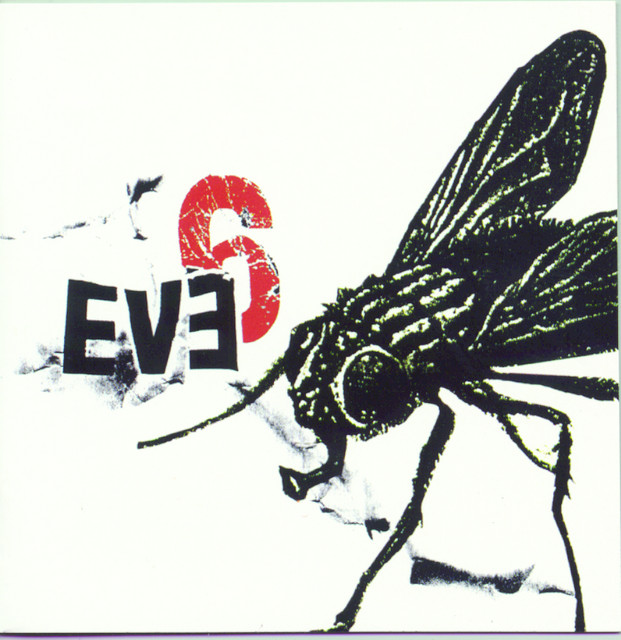
Max Collins found the perfect words for emotional chaos: “heart in a blender.” Suddenly, every teenager had language for feelings they couldn’t previously articulate, household appliance imagery that made existential confusion tangible and relatable. Eve 6’s Los Angeles trio understood that polished production could carry authentic angst without sacrificing credibility, like those perfectly worn-in Levi’s everyone owned, comfortable yet cool, familiar yet distinctly generational.
Collins transformed the specific into the universal, validating teenage feelings without condescension. Sometimes the most accurate descriptions of complex emotions come through the simplest, most unexpected comparisons—and sometimes a kitchen appliance metaphor captures what poetry cannot.
1. Far Behind – Candlebox (1993)
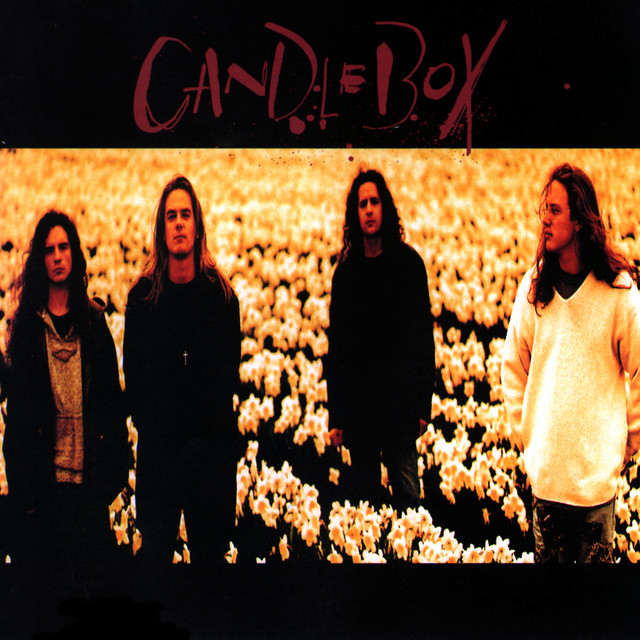
Rain-streaked Seattle windows provided the perfect backdrop for this funeral dirge disguised as a radio hit. Written as Kevin Martin’s tribute to Mother Love Bone’s Andrew Wood, the song transformed personal grief into something universally cathartic through vocals that carried pain without drowning. Something about Martin’s delivery creates a shared space where individual mourning becomes a collective experience, each note weighted with those overcast Pacific Northwest skies.
What separated Candlebox from their grunge contemporaries wasn’t volume or aggression—it was restraint. They understood that heartbreak needs room to breathe, that bluesy undertones could carry more emotional weight than pure distortion.




